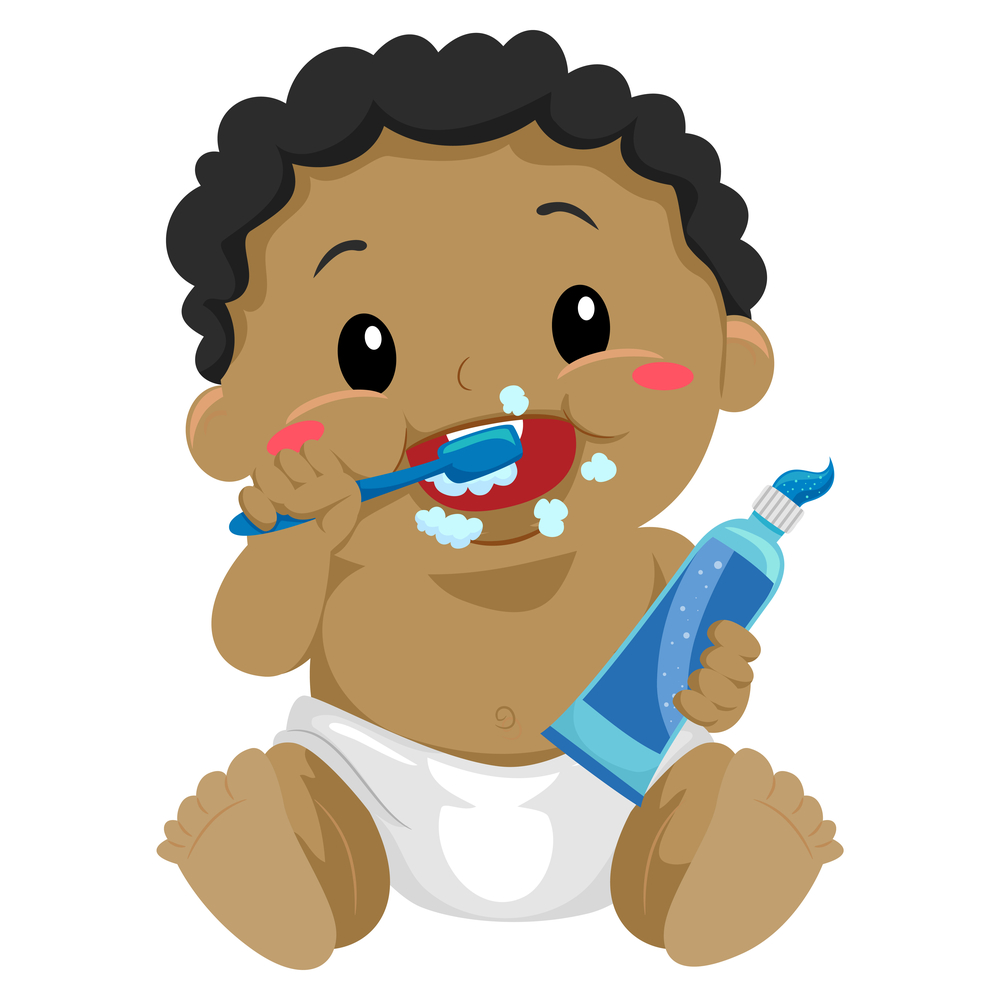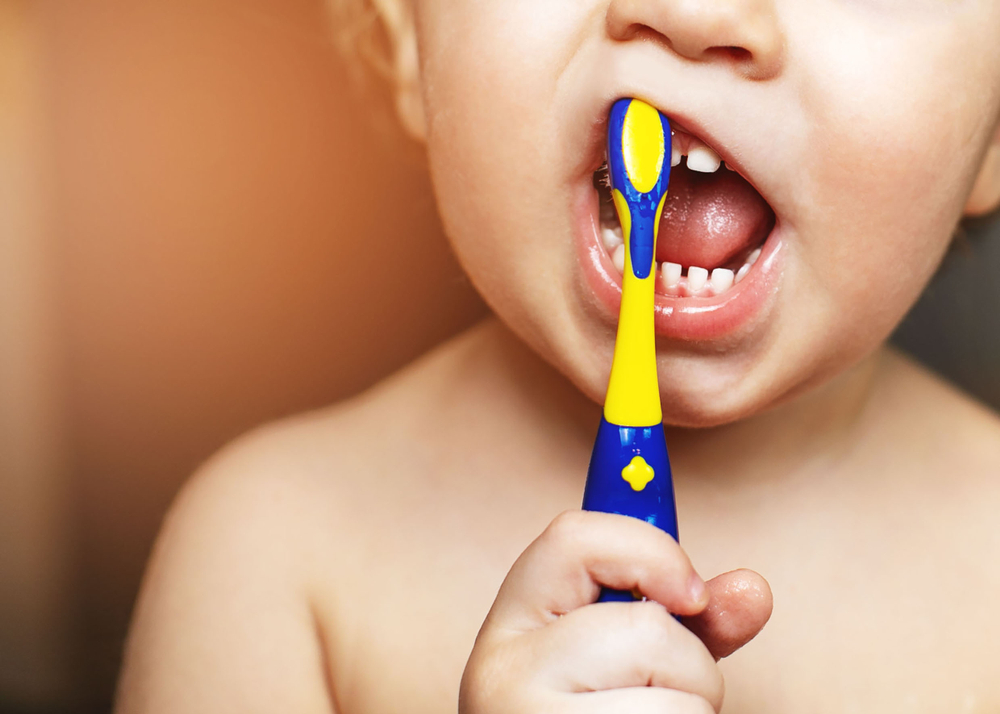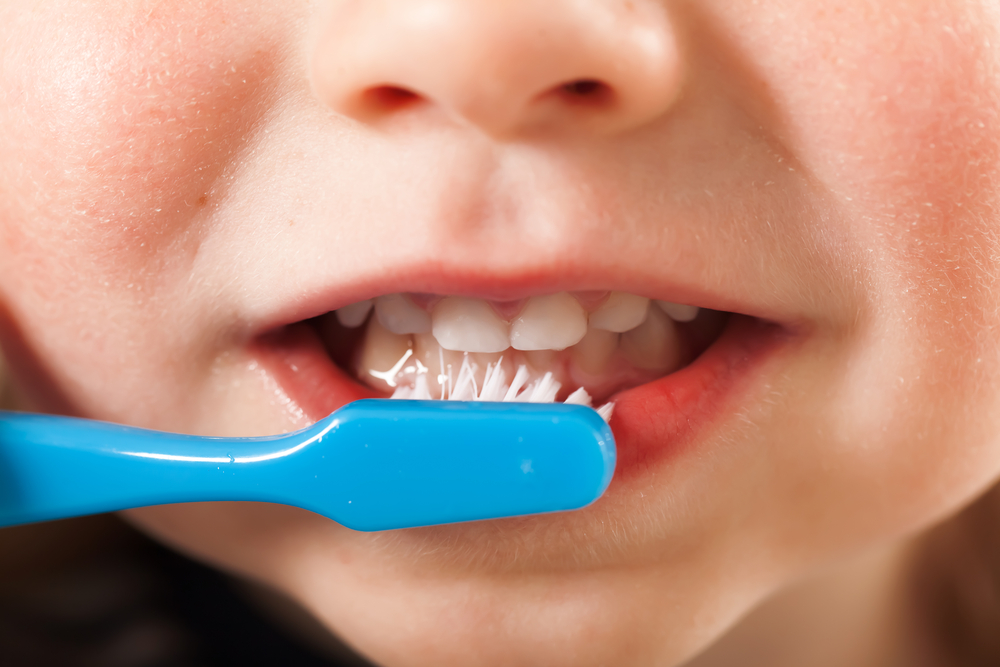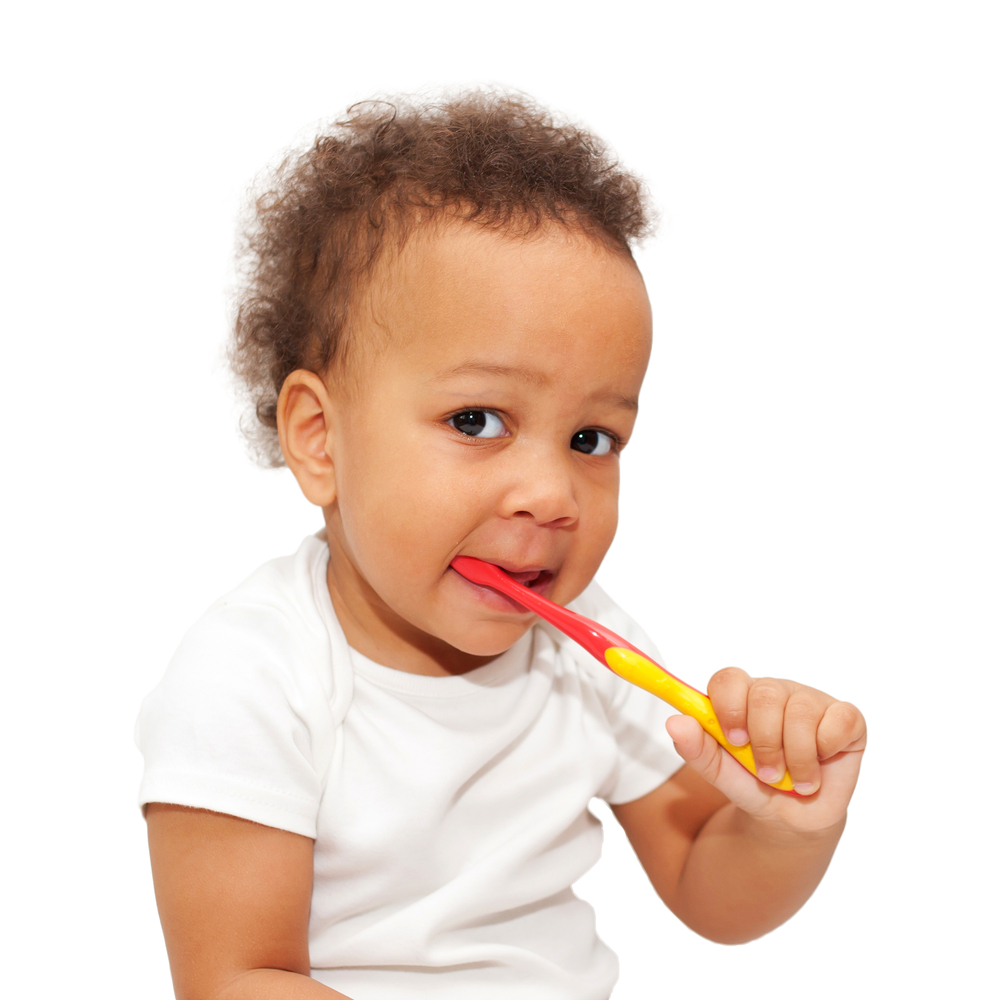A baby’s smile is one of the most precious things in the world. The sight of your little one’s cute teeth as he/she shares that wide, heart-warming grin is just awesome! Of course, every parent wants a baby with a beautiful smile. However, a lot of work goes into protecting and caring for your baby’s teeth to get that perfect smile.
If you’re trying to figure out how to brush and care for your baby’s teeth, you’re at the right spot.

When Should I Begin To Brush My Baby’s Teeth?
Although baby teeth start appearing much later after birth, the development starts while a baby is still in the womb. It is important to maintain good oral hygiene even before teeth start appearing. This is to ensure that the teeth erupt in a healthy and normal form.
Therefore, before you start worrying about cleaning your baby’s teeth, you should know that taking care of the gum comes first.
How To Clean A Baby’s Gum
Before 3 months, most babies usually don’t have teeth.
At this point, the only necessary oral care is to clean your baby’s gum daily. You can do this by using a washcloth or a soft-bristled toothbrush designed for this purpose. The washcloth is used to wipe your baby’s gum and remove dirt or bacteria present. This helps to protect the baby teeth as they begin to emerge from the gum.
Gum cleaning is the primary oral hygiene practice before teeth start to emerge. As soon as the first tooth appears, you may need to start advancing in your oral health care practices. Read about teething pills for babies
Don’t stop reading.

Brushing Your Baby’s Teeth
There are different phases involved in the complete development of teeth in children. As a result, each phase has its own peculiar oral care practice.
The various phases and the corresponding oral hygiene practice will be explained as you read further.
After Eruption of the First Tooth
As soon as the first tooth comes out, you’d need a toothbrush to care for your baby’s mouth. At this stage, all you need is a soft-bristled toothbrush smeared with a little fluoride toothpaste. Also, you should continue cleaning the gum with a washcloth. This can help relieve teething pain and discomfort as more teeth emerge.

During this period, it is recommended that you brush your baby’s tooth twice a day- in the morning and before bed. When brushing, help your baby angle their mouth in a downward direction so that the toothpaste can dribble down. This is to prevent swallowing toothpaste as your baby is not capable of spitting out yet.
Furthermore, you should encourage your baby to try spitting out as soon as they are able to.
A Complete Set
At the age of 3, a complete set of baby teeth usually has formed. The 32 adult teeth replace the 20 baby teeth between the ages of 6 and 20 years. A regular brushing routine should be established by this time. The routine involves brushing twice a day with a toothbrush and a smear of fluoride toothpaste.
Also, try to encourage and teach your baby how to spit out after brushing.
After 3 Years
At this stage, you should encourage your child to learn how to brush their teeth by themselves.
Nevertheless, you will still need to supervise their brushing to ensure they are doing it the right way. A pea-sized amount of toothpaste is recommended. You can start to teach them how to brush their teeth by having them watch you while you brush.
If your baby doesn’t like brushing teeth, there are ways you can encourage them to make it a part of their daily routine. Here are a few tips to try:
- Make the activity into a game that your child is happy to participate in.
- Sing songs or rhymes that encourage brushing of teeth.
- Consider graphic or light up toothbrushes which make the activity more fun.
- Give rewards for consistency and progress for brushing their own teeth.
You should continue helping your child with brushing their teeth until you are sure they can do it well on their own. This is usually around 7-10 years.
Is Flouride Safe For Babies?
Fluoride toothpaste is safe, even for young children. In fact, the American Dental Association attests to this fact. However, fluoride toothpaste should only be used in the recommended amounts. This is because excessive use of fluoride on the teeth can damage the enamel of the teeth.

For children under 3, a smear of toothpaste that is equal to the size of a rice grain is recommended. Children above the age of 3 are usually advised to use only a pea-sized amount of fluoride toothpaste.
What To Avoid
As you help your child get used to good oral hygiene, there are certain habits that should be avoided. Habits that can cause tooth decay, plaque, and cavities should be completely avoided.
The following tips are useful in maintaining an overall good oral hygiene:
- Cut down sugar in your child’s diet. Sugar, if in contact with the teeth for long can cause tooth decay.
- Don’t put your baby to sleep with a bottle in his/her mouth
- Replace your child’s toothbrush every 3 months.
- Use floss sticks once all the baby teeth have come out.
- After your child is 6 years, you may allow them to use a fluoride rinse. This helps to prevent cavities.
- Make sure your child does not swallow toothpaste as this can be harmful.
- Avoid excessive use of fluoride on the teeth. This can damage the enamel of the teeth
- Ensure routine visits to the dentist even in the absence of problems. Your child should start seeing a dentist as soon as the first tooth emerges.
In Conclusion
With the proper oral care and good habits, you can be assured that your baby’s teeth will blossom into healthy adult teeth. Your child can maintain a beautiful smile and you will have yourself to thank for doing a great job. Read about when do children start losing teeth and primary dentition
You’ve got this!

